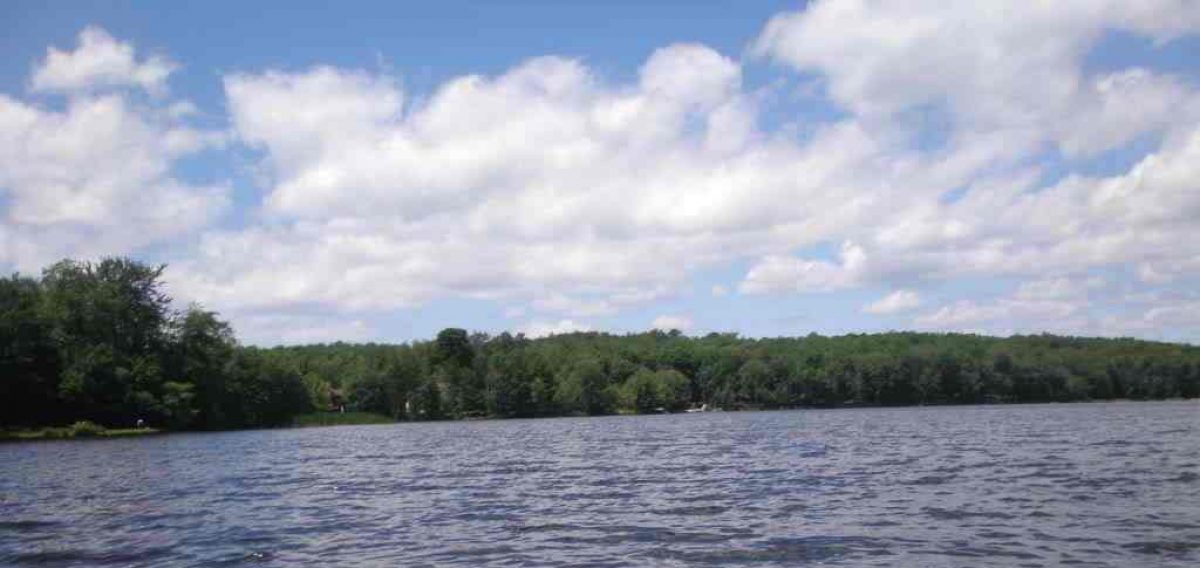Last summer, Darlene and I traveled into Canada to take a look at one of their “Great Lakes” not numbered among the US five. Darlene will offer her impressions in Part Two but I wanted you to have an understanding of just where we traveled to on this vacation. I also visited an inland lake with another tourist we met on this trip and I will detail that tomorrow.
Great Slave Lake is the second-largest lake in the Northwest Territories of Canada (after Great Bear Lake), the deepest lake in North America at 2,010 feet and the ninth-largest lake in the world. It is 480,300 miles long and 12 to 68 miles wide. It covers an area of 27,200 10,502 square miles in the southern part of the territory. The lake shares its name with the Slavey First Nations.
North American Aboriginal Peoples were the first settlers around the lake, building communities including Dettah, which still exists today. British fur trader Samuel Hearne explored the area in 1771 and crossed the frozen lake, which he initially named Lake Athapuscow (after an erroneous French speaker’s pronunciation of Athabaska). In 1897-1898, the American frontiersman Charles “Buffalo” Jones traveled to the Arctic Circle where his party wintered in a cabin that they had constructed near the Great Slave Lake. Jones’s exploits of how he and his party shot and fended off a hungry wolf pack near Great Slave Lake was verified in 1907 by Ernest Thompson Seton and Edward Alexander Preble when they discovered the remains of the animals near the long abandoned cabin.
In the 1930s, gold was discovered there, which led to the establishment of Yellowknife, which would become the capital of the Northwest Territory. In 1967, an all-season highway was built around the lake, originally an extension of the Mackenzie Highway but now known as Yellowknife Highway or Highway 3. On January 24, 1978, a Soviet Radar Ocean Reconnaissance Satellite, named Kosmos 954, built with an on board nuclear reactor fell from orbit and disintegrated. Pieces of the nuclear core fell in the vicinity of Great Slave Lake. 90% of the nuclear debris was recovered by a group called Operation Morning Light formed with both American and Canadian members.


